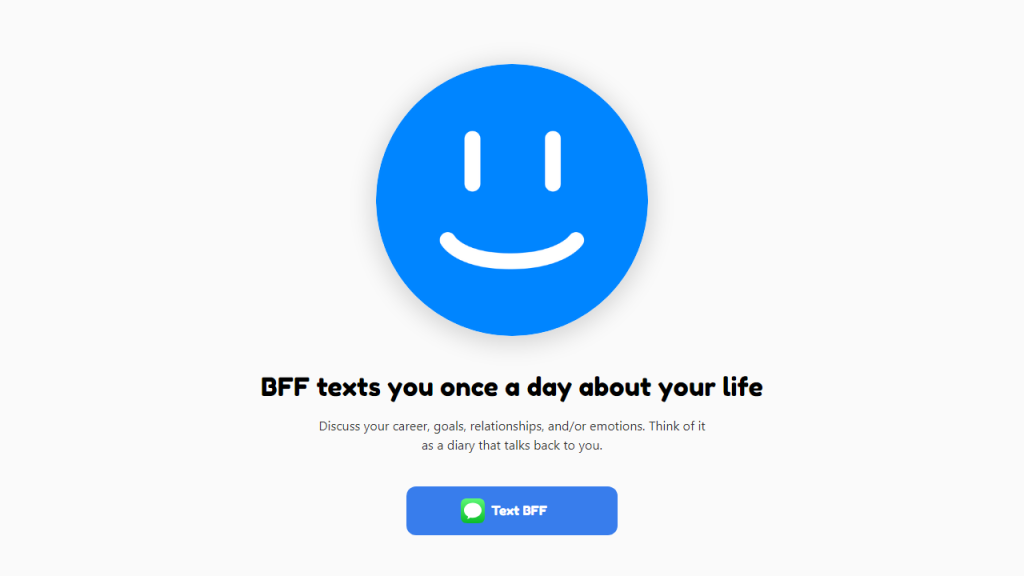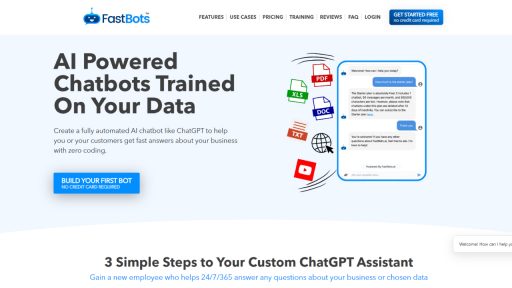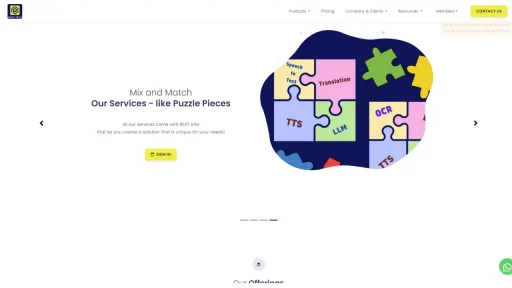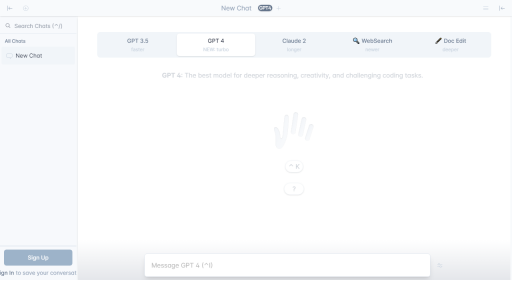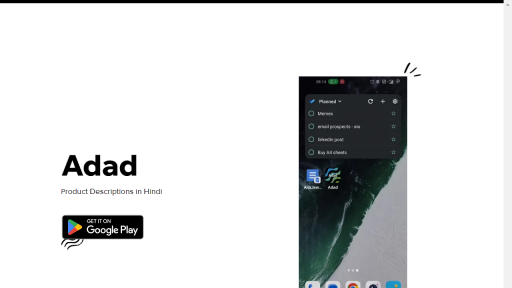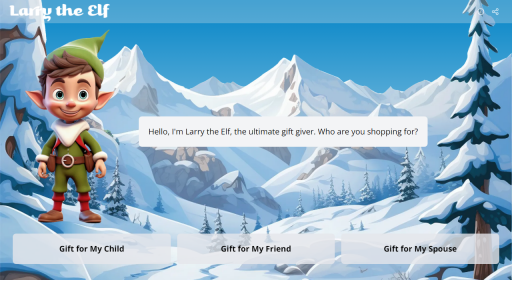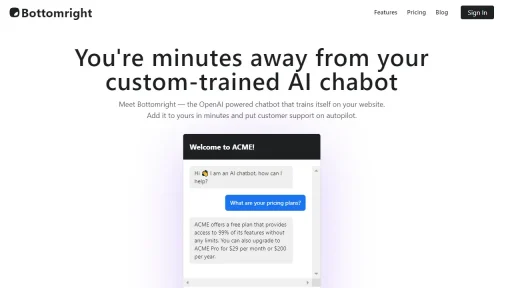What is BFF?
BFF, short for Backend-for-Frontend, is an architectural pattern designed to streamline the development of applications, particularly those that utilize multiple front-end clients. In essence, BFF acts as an intermediary layer that sits between the front-end and backend services, optimizing the way data is fetched and delivered. By creating a specialized backend tailored to the needs of each front-end client—whether it’s a mobile app, web application, or IoT device—BFF enhances flexibility and performance. This tool allows developers to create a more efficient data-fetching mechanism, reducing the amount of data transferred and minimizing the number of API calls, which ultimately leads to faster load times and a better user experience. BFF not only simplifies interactions with backend services but also allows for the implementation of specific logic tailored to different clients, ensuring that each device gets precisely the data it needs without unnecessary overhead. This architectural approach mitigates the typical challenges of maintaining a monolithic backend, as it fosters an environment where front-end teams can iterate and innovate independently.
Features
- Client-Specific APIs: BFF provides tailored APIs for different front-end clients, ensuring optimal data delivery.
- Data Aggregation: The tool aggregates data from multiple backend services, reducing the need for multiple API calls.
- Performance Optimization: BFF minimizes data transfer and optimizes load times by fetching only the necessary information for each client.
- Security Layer: It introduces an additional security layer, controlling access to backend services and protecting sensitive data.
- Version Management: BFF allows different versions of the API to coexist, facilitating smoother transitions and updates.
Advantages
- Improved Developer Productivity: By allowing front-end teams to work independently, BFF reduces dependencies on backend teams.
- Enhanced User Experience: Faster load times and tailored data delivery lead to a more seamless user experience.
- Flexibility: The tool adapts easily to changes in front-end requirements, allowing for quick iterations and updates.
- Scalability: BFF supports scaling individual front-end clients without affecting the overall architecture.
- Better Maintenance: With separate backends for each client, BFF simplifies the maintenance and evolution of the application.
TL;DR
BFF is an architectural pattern that creates tailored backend services for different front-end clients, enhancing flexibility, performance, and user experience.
FAQs
What types of applications can benefit from BFF?
Applications with multiple front-end clients, such as mobile apps, web applications, and IoT devices, can greatly benefit from BFF.
How does BFF improve performance?
BFF reduces unnecessary data transfer and API calls by aggregating and optimizing data specifically for each front-end client.
Is BFF suitable for microservices architecture?
Yes, BFF complements microservices architecture by providing a dedicated interface for each client, making it easier to manage interactions with multiple services.
What challenges does BFF address?
BFF addresses challenges such as data over-fetching, slow load times, and the coordination of multiple API calls, leading to a more efficient system.
Can BFF enhance security in an application?
Absolutely! BFF adds a layer of security by controlling access to backend services and ensuring sensitive data is protected.
